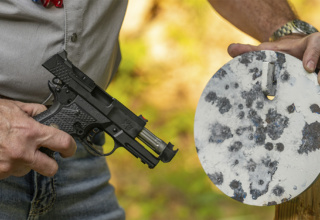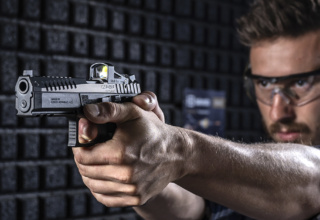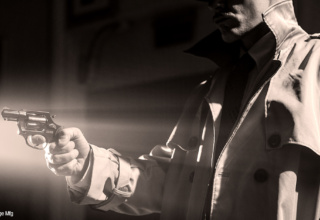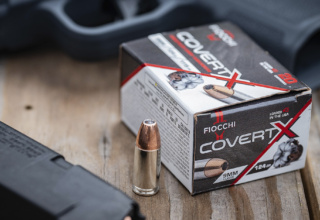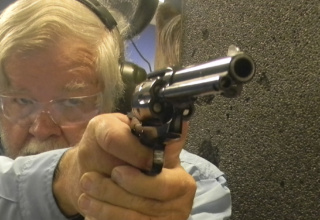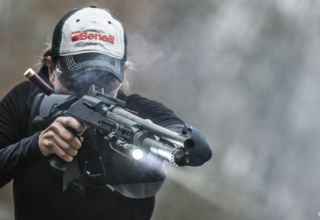Whether you are a competitive professional, defense professional, or a responsible citizen exercising personal defense rights, the need for training never stops. The training, though, must be productive and suited to the task.
by Bob Campbell
A great number of people are carrying handguns or relying on a variety of firearms for home defense with very little training. Most are sensible folk with a good head on their shoulders. Nevertheless, every one of us should get training. And not just “training,” but good training.
Some pay good money for training that is neither relevant nor useful. The explosion of shall-issue states and an interest in personal defense is a great thing. I have watched freedom ring and loved every minute. Previously, in the South as an example, only a few of the well-heeled and well connected were able to obtain a permit. In the North, from New Jersey to Chicago, the greatest number of permits were issued to the Mafia or celebrities. Yes, the system was just that — a system against the working man — and it stunk.
Today things are different and much the better. But training isn’t always better. As another example, a young friend recently sent me a video of what is billed as top-notch training. He stood, hand on the gun, and adjusted his grip several times, moving the gun about in the holster. A whistle blew and he drew and fired a full magazine into a stationary target at seven yards. All the students congratulated themselves on this performance. The relevancy of this drill is questionable at best.
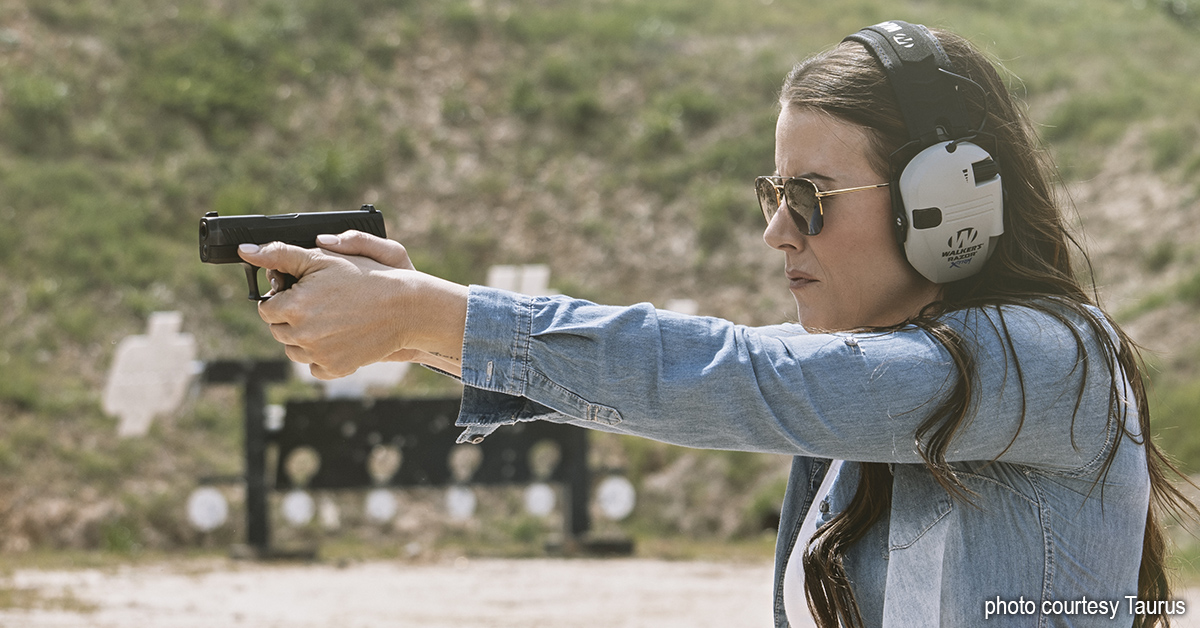
I think one of the problems is that we have instructors who have been to a lot of schools but who have little practical experience. They make it too easy for students — like the instructor who allowed students to qualify in their concealed carry class with a red dot-equipped .22 pistol. He made it easy, sure enough, but did the shooters no favors. Instructors with police and military experience tend to ‘get it’ on a different level. While all NRA instructors receive the same training, the whole picture of the instructor’s experience should be taken into consideration. Some instructors understand the requirements of the real world and have served in an institution or agency where lives depended on their training. Unfortunately, most instructors are hobbyist training hobbyist! The goal should be to become a serious shooter. That means training…good training.
When I first became an instructor, my instructor in the NRA course and later the state course was an experienced trainer and peace officer. The class wasn’t all about shooting. While I was in my forties and had survived several years in uniform, the course was challenging. I thought I was a good shot. I had won several competitions, but I was given the tools to become a genuinely good and consistent shooter in this school.
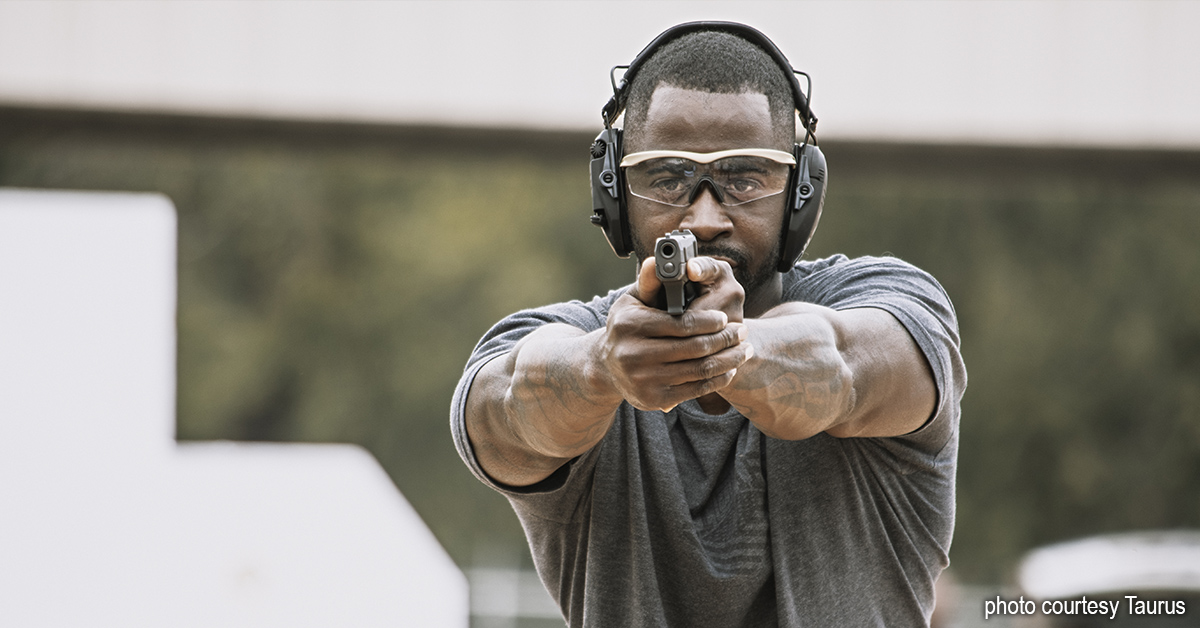
About the same time, an accomplished editor told me that if I wanted to be a writer I needed to go back to college and take more English and journalism courses. I did so, and it wasn’t easy. At times, one discipline or the other had to be shelved, and being a father also took priority. But I never felt at any time that I had achieved everything there was to achieve and that I was too good a shot for more training.
I have had a good mix of police and military men attend my classes. A group of Marines came on board to receive their concealed carry permits. They were among the humblest and best students I had the privilege to teach. Each excelled with their chosen Colt .45 ACP pistols. Several had operational experience and were impressive shooters. They had no experience in civilian laws and rules of engagement and took notes and aced the course.
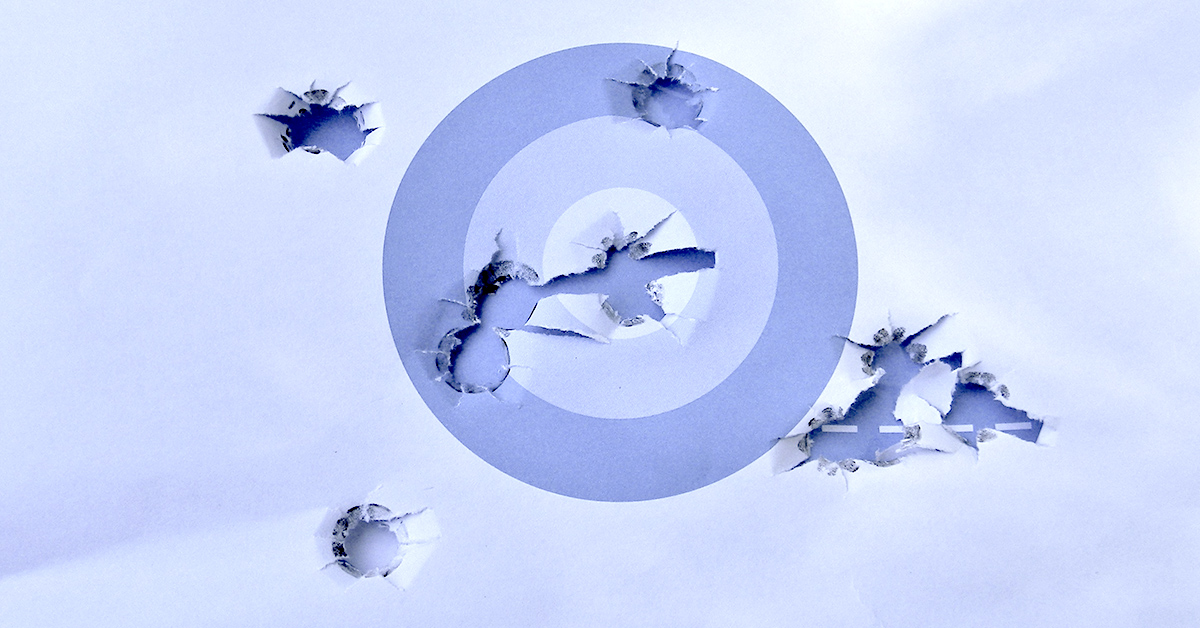
Many students attend class just to get the paper and some do it because it is trendy to get a concealed weapons permit. Some have come on board thinking they could shoot but their target put lie to this assumption. Others felt that while they did not do well — coming in near the state minimum — they were good enough for what might come up. The rub is they are probably right.
But the exceptional situation is another demand on marksmanship. An active shooter demands more from an armed citizen. We all need training even if we grew up shooting and handling firearms. If you aspire to be a safe gun handler, this is especially true.
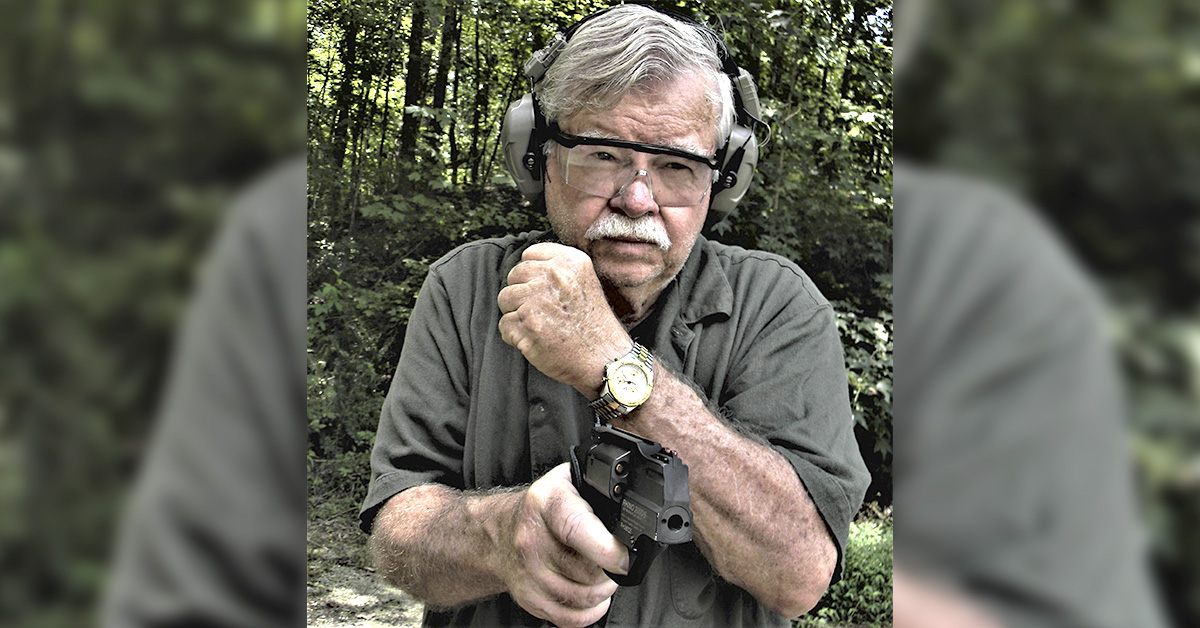
I have seen quite a few students who simply were not as good as they thought they were. Some had the attitude, “Okay, let’s see YOU shoot,” and the instructor must be able to take up the grail and stand and deliver. (I knew, though, not to make a lunch bet against the Marines!)
Being a good shot isn’t a product of testosterone or some natural ability laced in the DNA. While some athletic ability helps, very few who are badly out of shape are good shots. Proper instruction and training are the greatest predictors of proficiency. I have trained athletes who took to the shooting sports quickly and did very well. Surprisingly enough, a class full of liberal academics was among the best group of students I have trained. Their liberal attitude bent toward the right of the citizen to self-defense. We need more like them.

A couple of wrong ideas must be quashed before the student gets training. The student who thinks he doesn’t need training is a worse chore for the instructor than the person who doesn’t think they can learn to shoot well. There is another who feels that firearms training shows a violent intent and they should not get training beyond the absolute state minimum. The opposite is true, as the more training you get the more you realize that violence should be avoided if possible.
Once the decision is made to get training, the cheapest route isn’t the best. For a well-rounded citizen, a firearms safety class is an essential part of education — whether or not you choose to own and carry a gun! Everyone should get training. If they cannot afford training, they can usually find someone who will supply the training without cost. Some of us do just that as part of our overall sense of firearm responsibility.
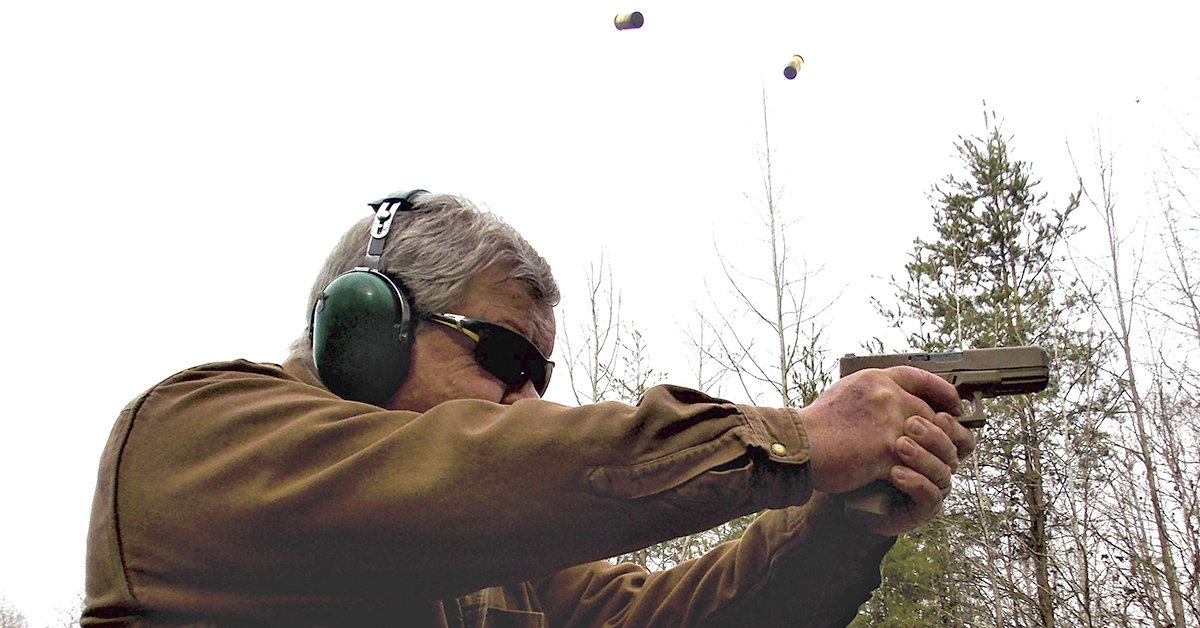
In some parts of the country, training courses — by the local NRA instructor at the range and local schools — not the big guys like Front Sight or the excellent Ayoob Group, are running two to three months months behind. This isn’t insurmountable and perhaps the backup is slowing a bit from the pandemic panic days.
Anyone who considers personal defense or home defense a priority should get training sooner than later — even if grandfather showed you how to use that shotgun safely. He may have been a veteran, or he may have grown up on a farm or as a hunter. Folks who hunt have a healthy respect for firearms and quickly weed out from the group any who exhibit unsafe gun handling. Just the same, we don’t know it all and training following a course developed for efficiency and education over the course of more than one hundred years should be followed. The NRA has been training individuals longer than that. Knowing how to shoot is important. Knowing when to shoot and when not to shoot is even more important.
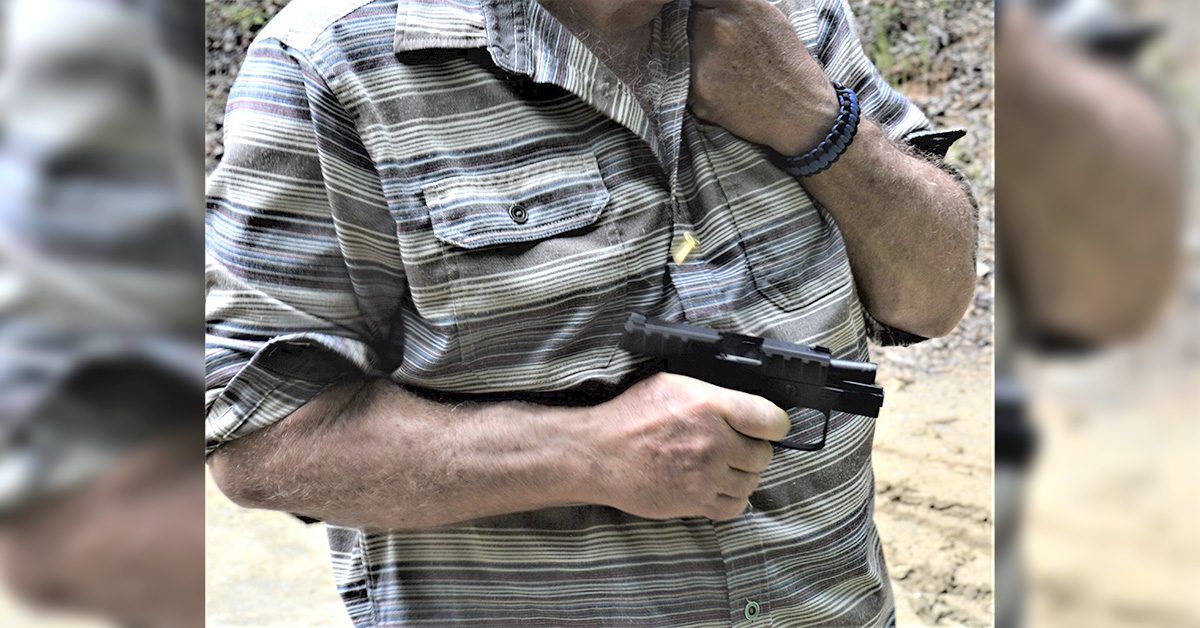
Many times, a person will state that the police officer next door or a friend at the range taught him or her to shoot. Perhaps the training was good and perhaps it was not. You really don’t have a comparison unless you are in a class with other shooters. The well-meaning instructor may not have experience relevant to your needs. Quite a few good shots simply like to show off to the uninitiated. Others have favorite drills they execute, and their training isn’t broad-based. I am not certain that most of the training the military receives or that is given in the police academy relates to a purely defensive mindset.
The mechanics of loading and firing a handgun must be taught along with safety before we approach actual shooting. It would be nice if students study their owner’s manual and know how to load a magazine, load the firearm, and make it ready. Perhaps they could even learn how to manipulate the safety. That would make things proceed more smoothly if basics are squared away before the case. Actual shooting isn’t that difficult with a good attitude. Five shots in four inches at 10 feet is the pass or fail standing in the NRA basic pistol course. That isn’t difficult. Just the same, I have students who have difficulty. Some have a poor handgun, others a poor attitude.
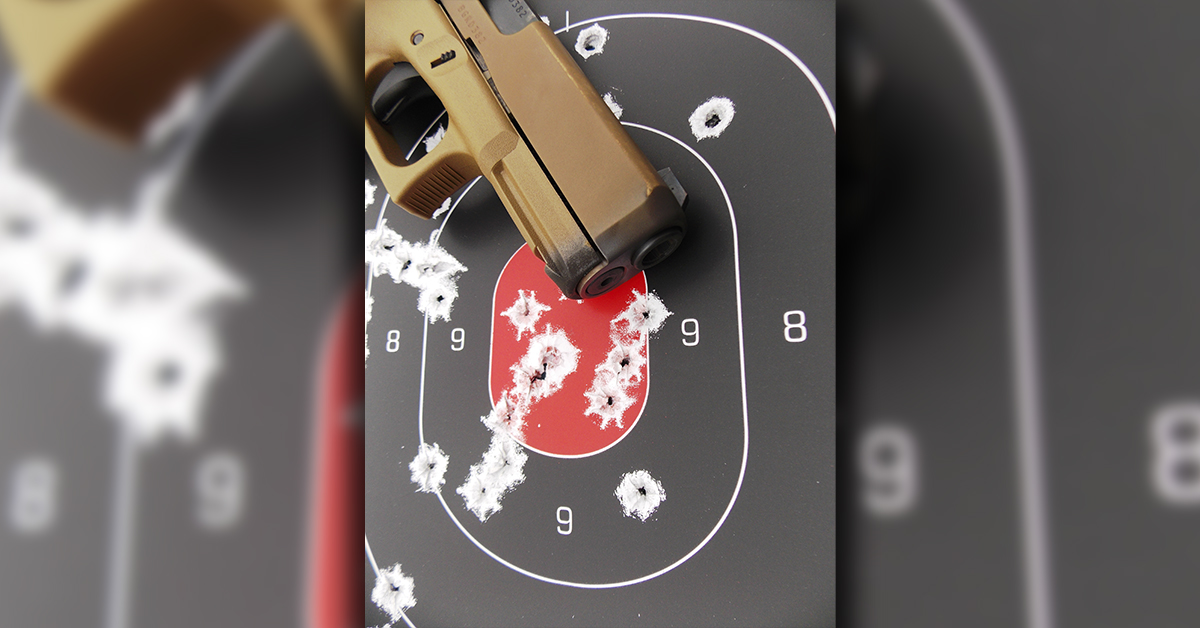
We need measurable performance standards. It is difficult to record advancement without credible instruction. I don’t want to distract a student from other important parts of personal defense. The legal and moral aspects go together, and the local mores and threat profile are important. I stress conditioning, which includes physical fitness and the ability to move off the X. You need training to realize this. Numbers are nice to measure hits on target, but it isn’t all about the score. Many of us can shoot well enough for anything that is likely to cross our path. But getting off the X, taking cover, and avoiding legal pitfalls are another matter.
No matter how good a shot you are and how much training you have had, we all need to keep training and continue to learn.


